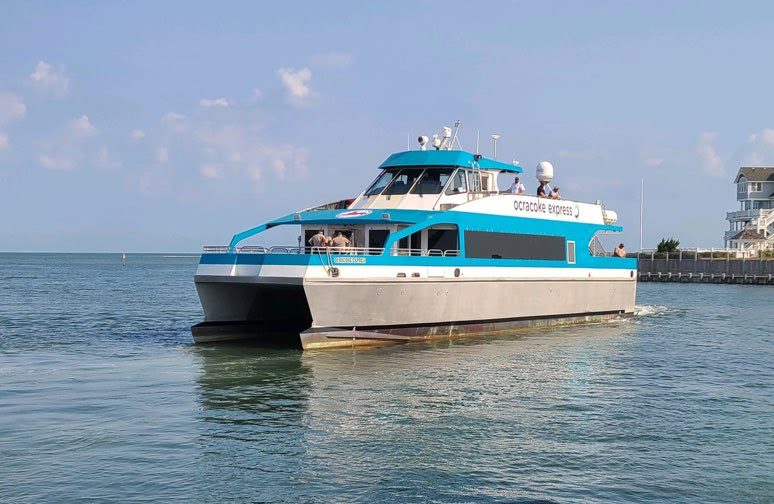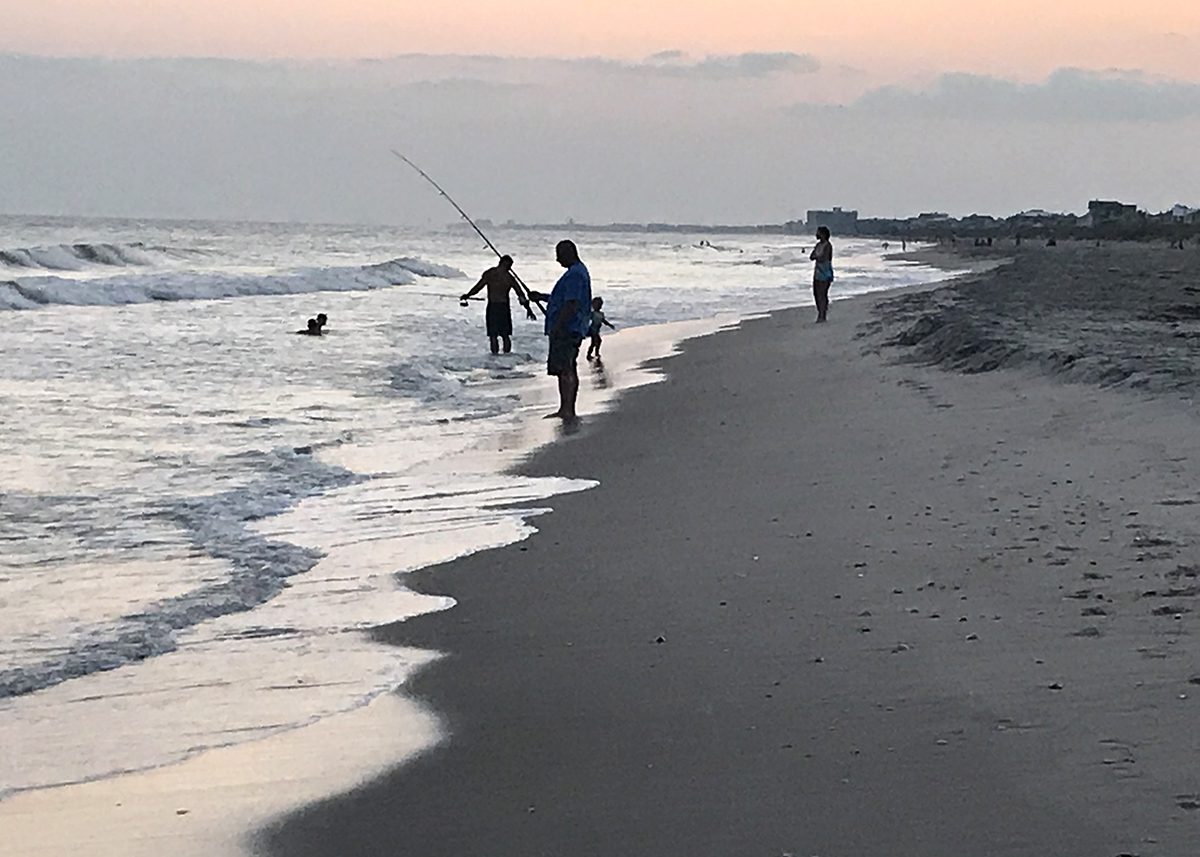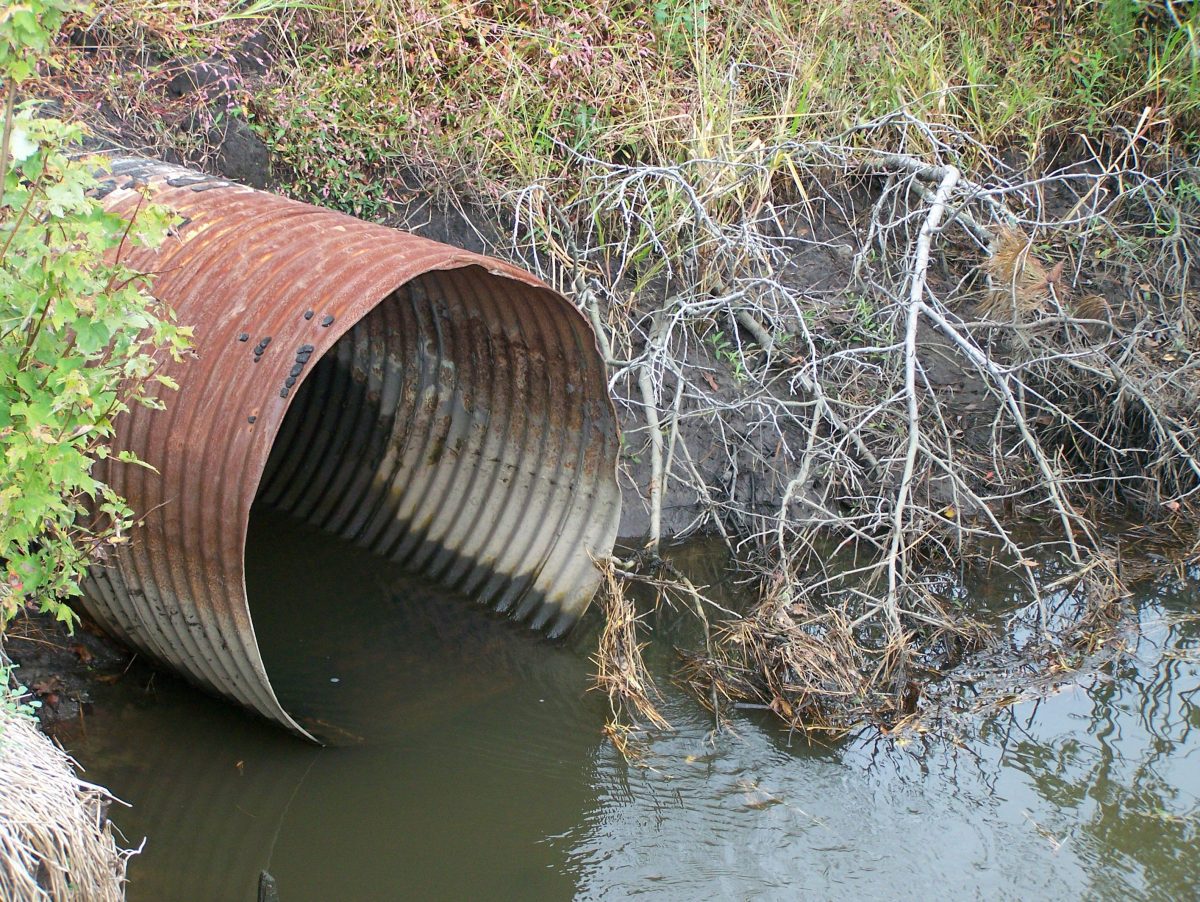
Reprinted from the Outer Banks Voice
With the release in February of a three-year study of the shoreline in Currituck County, the only coastal county in North Carolina that has not nourished its beaches is looking at findings that place 158 homes at risk as the beach retreats.
Supporter Spotlight
The study by Coastal Protection Engineering was requested by the county commissioners in 2020 and examined the 22.6 miles of shoreline from the Virginia state line to the county line at Duck.
“In total, 158 houses were shown to be impacted over the 30-year horizon throughout the Corolla Section. These houses are all located between the Horse Gate and Wave Arch in the Ocean Lake community,” the report noted. Wave Arch is approximately a half-mile south of the Food Lion shopping center.
For Currituck County Chairman Bob White, the report was a call to action, and he indicated that beach nourishment is a real option.
“We’re going have to do something, is the bottom line. We can’t get to the point where Kitty Hawk did … where we have stuff dropping in the ocean and lose that tax base and people’s investment in Currituck,” he said. “We have to do something now.”
The report explained that that not all homes are in the most urgent need of protection. Using 10-year intervals as a measurement, it concluded that 11 homes will be impacted in the next 10 years, 66 homes will be impacted in the next 20 years and the remainder will be affected in the next 30 years.
Supporter Spotlight
Although the study concluded that the retreat in the four-wheel-drive area of Carova was minimal and that beach was accreting in some areas, a cautionary note was included.
“While the number of houses impacted in this section may not be significant, the retreat of the shoreline may create pinch points for traffic transiting north and south through these areas,” it stated.
The study’s authors also cautioned that its projections assume no major storm events, and that a major hurricane would place a substantial number of homes in immediate danger.
“In total, 43 oceanfront homes were determined to be vulnerable from a storm similar in characteristics to Hurricane Isabel,” the study observes.
For Corolla resident Ed Cornet, the study is welcome, if overdue.
“The key is … being happy that they (Currituck County) finally have gotten to this point,” he said. Cornet has been part of a lawsuit filed in 2019, Gerald Costanzo, Corolla Civic Association et al. v. Currituck County. The suit contends that Currituck County used occupancy tax funds that were supposed to be allocated for beach nourishment and shoreline maintenance for expenses typically covered through the general fund. The plaintiffs contend that is contrary to the intent of a 2004 law allowing the county to increase its occupancy tax to 6%.
The case was dismissed in superior court in January 2022 but is currently before the North Carolina Court of Appeals. Oral arguments in the case were held Feb. 13.
Cornet, who has a doctorate in physics, said the study was well done. “It’s a very thorough job,” he said, adding that it confirms what residents can see every day. “We could just say that science backs up our onsite observations.”
White agreed, saying, “You can walk out there and see where the problems are. You don’t have to have that report to tell you.”
The report outlines what the next steps might look like, making three suggestions: Continue to monitor the beach using the three-year study as a baseline, develop a beach management plan, and coordinate with Dare County on a regional sand resource investigation.
The beach management plan in particular is already moving forward.
“We’re getting staff to come back and put together a plan for us going forward so we can sink our teeth into it to figure out a beach management plan,” White said.
Asked about working with Dare County, though, White quickly dismissed the idea.
“The problem there is after they finish up these next couple projects … they’re out of sand,” he said. “For them, they need to come into our reserve areas, and I don’t see us going, ‘sure take the same sand we need to put on our beaches.’”
The management plan suggested by the study would include beach nourishment, but that would be one of a number of components. Nonetheless, White made it clear that nourishment is on the table.
Nourishment is expensive, and White, first noting that occupancy tax revenues will help to offset the costs, added that the municipal tax districts used by other towns to help pay for nourishment is a real possibility, noting that “we definitely have to bring in some local tax district to handle that.”
Cornet, who would be affected by such a Corolla tax district, agreed that combining the occupancy tax with a special tax district would be manageable.
“If they did a couple of miles every year, this (municipal tax districts) would pay for it,” he said.
If the county does decide to move forward with nourishment, the permitting and bidding process is at least a three-year process and more likely to take four to five years, which White acknowledged. He also sees an opportunity for Currituck County and other communities along the state’s shoreline to develop new ways to manage their beaches.
“We hired a lobbying firm. They have several coastal counties they represent getting the state to look at this,” he said. “And the state’s putting together a coastal caucus. I think we have better representation at state level to help us and other coastal communities out. We all share the same problem. Erosion is a real thing and sea level rises as well. We need the state to help out at some point and recognize the impact of tourism on the state and its tax base.”
This story is provided courtesy of the Outer Banks Voice, a digital newspaper covering the Outer Banks. Coastal Review partners with the Voice to provide readers with more environmental and lifestyle stories of interest about our coast.







